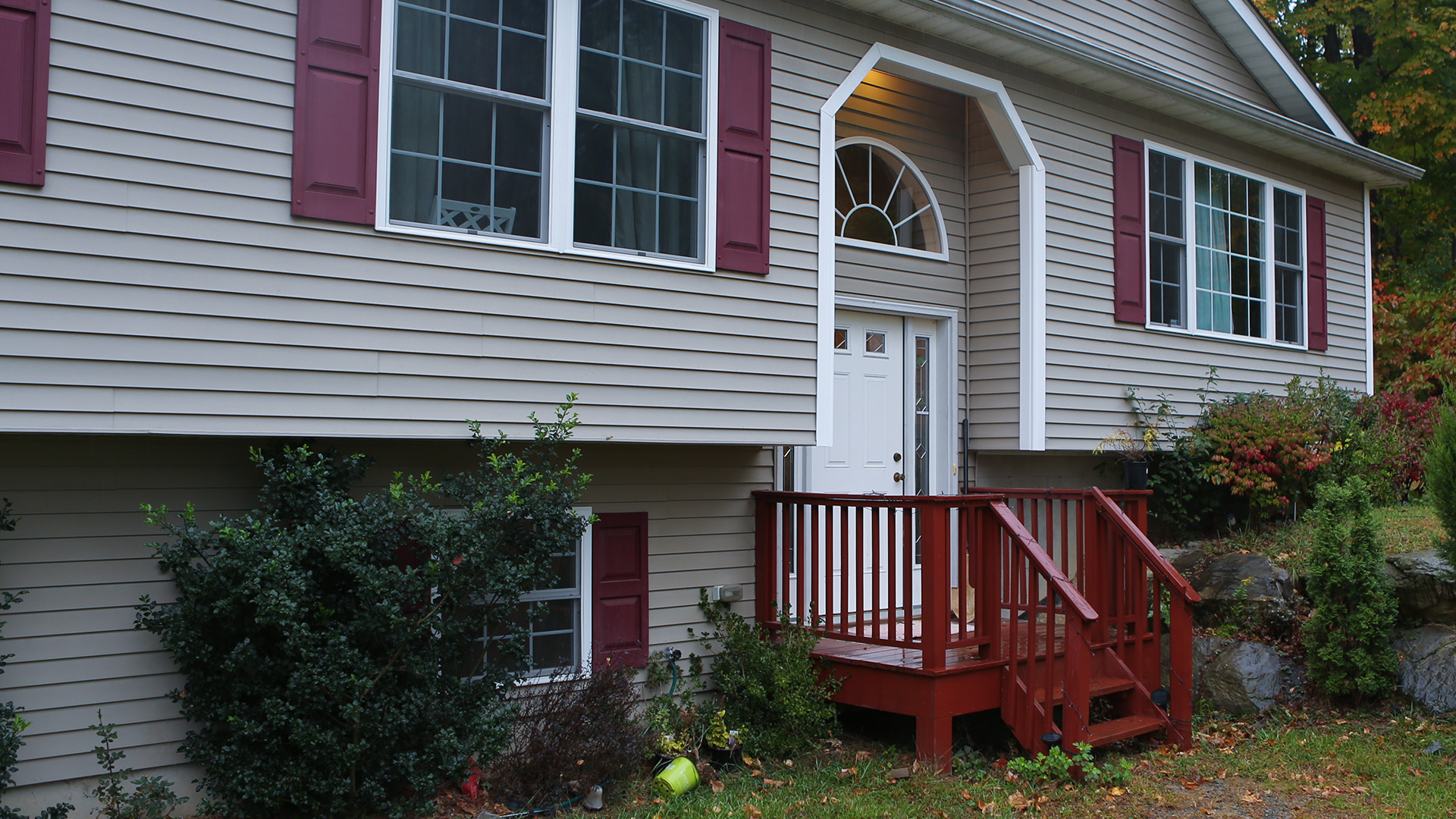
New York recently enacted a transfer-on-death law that went into effect July 19, 2024 as part of Governor Hochul’s Heirs Property Protection and Deed Theft Prevention Act. This important estate planning tool – known as a TOD Deed – allows heirs to avoid court and begin exercising their rights as a homeowner immediately upon the death of the prior owner.
In a TOD Deed, a homeowner names the person to whom ownership will transfer automatically once the homeowner passes away – similar to the beneficiary on a retirement account or insurance policy – enabling the designated beneficiary to take ownership without having to endure lengthy, expensive and potentially contentious court proceedings. The New York TOD Deed form is statutory, meaning the exact form and necessary language is written into the law, and can be accessed here.
Low- and moderate-income homeowners are challenged by a lack of affordable legal services and estate planning tools ensuring that their homes are passed on to loved ones when they die. Likewise, the legal processes required to transfer ownership following death, called probate and estate administration, can be complex and expensive. Most heirs will face this kind of court proceeding as a necessary step toward assuming ownership, which can take months, even years.
While estate planning well before a homeowner’s death or mental decline is advisable to preserve homes and wealth across generations, many homeowners do not have the means to obtain an attorney. This lack of access to estate planning – combined with the court costs and legal complexity of dealing with the estate of a deceased homeowner – can lead to the loss of intergenerational wealth and family homes and displacement from life-long communities. No estate planning often results in disputes between family members and increased targeting by scammers, both leading to overall community destabilization.
TOD Deeds are especially helpful to low- and moderate-income people because they permit heirs to avoid court with respect to the home, which would normally form part of the homeowner’s estate. Who becomes the new owner once the homeowner dies is definitive and immediate – there is no need for probate or administration to confirm that question.
The homeowner must take some important steps after determining who to name as a beneficiary (and an alternate if so desired) in the TOD Deed. First, the TOD Deed must be signed by the homeowner in the presence of a notary and two witnesses. Then, the TOD Deed must be filed and recorded with the county clerk prior to the homeowner’s death.
TOD Deeds can be revoked at any time prior to the death or incapacity of the homeowner should there be a change in circumstances or wishes of the homeowner. The TOD Deed does not confer any rights upon the beneficiary until the homeowner passes and homeowners are still free to mortgage and sell their home prior to their death. As such, TOD Deeds offer homeowners both security and flexibility in the protection and preservation of their asset.
The Center lauds the passage of New York’s TOD Deed law as an essential measure towards the preservation of affordable housing and intergenerational wealth for low- and moderate-income homeowners and their families and communities. The Center recommends that homeowners speak with an attorney or housing counselor to understand if the TOD Deed is an appropriate tool for them. For a referral to a free, quality attorney or housing counselor, please contact the Homeowner HUB at (646) 786-0888, or contact the HUB via the online intake form to determine eligibility. As always, the Center strongly advises you to never sign a legal document such as a deed or power of attorney without consulting a trusted attorney.



